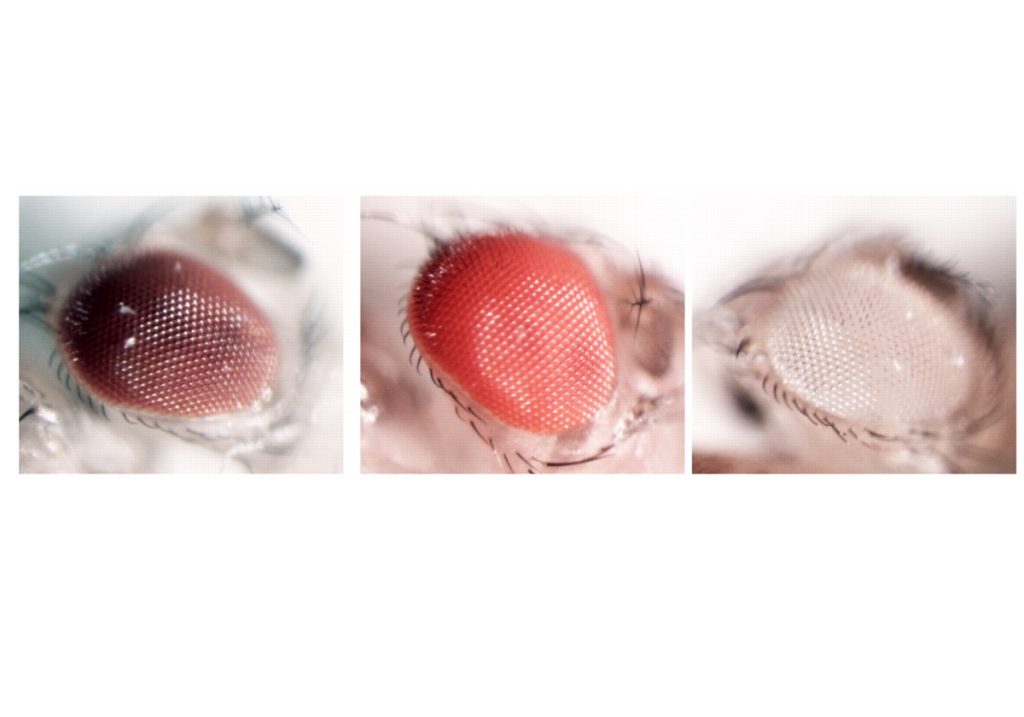
Four genes from the popular Drosophila, or fruit fly, known to control eye color, are essential for healthy retinal tissue. This has been seen by Elisabeth Knust’s team, from the Max Planck Institute for Molecular Cell Biology and Genetics (MPI-CBG) in Dresden (Germany), information that may be relevant in many human diseases, including retinal or neurodegenerative diseases, which are associated with imbalances in metabolic pathways.
Knust and his team of researchers, whose work is published in ‘Plos Genetics’, studied the classical genes of Drosophila cinnabar, cardinal, white and scarletoriginally characterized decades ago and named for their role in eye color pigmentation, in particular the formation of the brown pigment of the fly eye.
These genes encode components of the kynurenine pathway, whose activity converts the amino acid tryptophan through several steps to other products.
In this work, the authors have highlighted the role of this metabolic pathway in retinal health, independently of its role in pigment formation.
Aware of the remarkable conservation of this metabolic pathway and the genes that regulate it, they used flies as a model system to unravel the role of individual metabolites in retinal health. The researchers looked at four genes: cinnabar, cardinal, white and scarlet, which are named after abnormal eye colors after their loss in flies. “Since the kynurenine pathway is conserved from flies to humans, we asked whether these genes regulate retinal health independent of their role in pigment formation,” he says. Sarita Hebbar, one of the lead authors of the study.
metabolites
To find out, the scientists used a combination of genetics, dietary changes, and biochemical analyzes of metabolites to study different mutations of the fruit fly, Drosophila melanogaster.
«This work shows that the path of kynurenine it is important not only in pigment formation, but the level of individual metabolites play important roles in maintaining retinal health,” says Elisabeth Knust.
And he concludes: “In the future, the ratio of the various metabolites and the specific sites of their accumulation and activity should be taken into account in therapeutic strategies for diseases with impaired function of the kynurenine pathway, seen in various neurodegenerative conditions.” ».
